Oppositions 2020, Austria, Innsbruck
simulated embodiment and the empathic spaces of existence
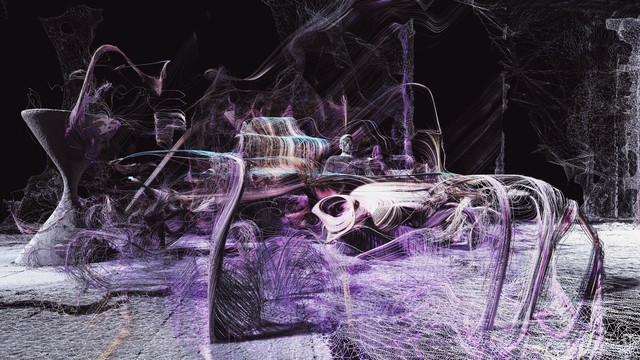


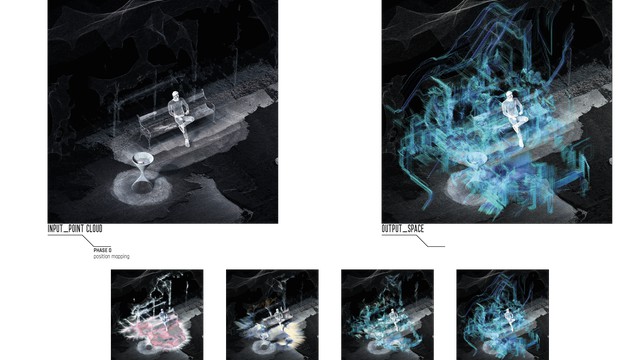
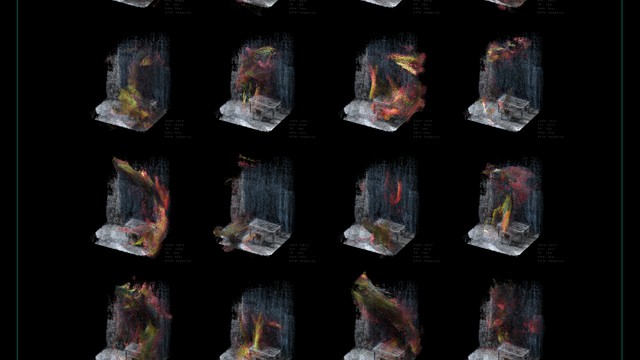
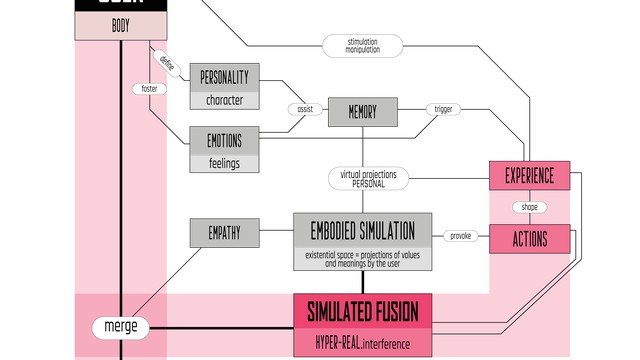
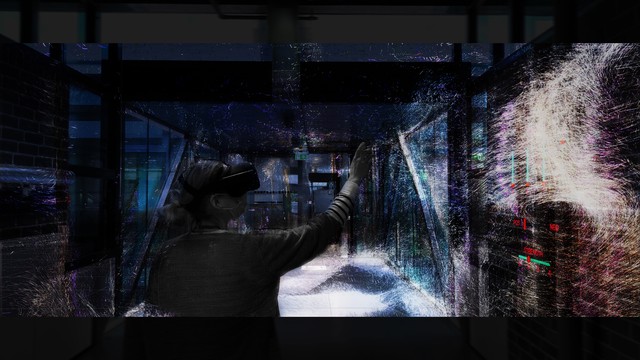
Architecture is a man-made world, where we are living in. Based on our personal-affection, we the human beings ought to choose between them. That way, some are much more appealing to us than the others. Furthermore the ideal shapes/worlds are stored in our minds. Simulated worlds, which are embedded in our brains and we perceive the world through them. Numerous informations about spatial data, mixed up with emotional and personal inputs. But what happens when we somehow make these virtual “Simulations” a reality?
The work consists of improving/modifying the real spaces we inhabit by simulating a virtual representation of that space. The static real face of our environments would coexist with the dynamic forms of the virtual counterpart created by our personal contribution. This process would then open a new window into a new reality, a new space, which is ultimately a hyperreal space that is not only between two dimensions, but also intertwines virtual and real spatial dimensions. In this way, the architecture does not have to be in one form only, but it can adapt to the user and interact with us through our personal input. This can lead to a more individualized environment that enriches or improves our lives while stimulating the users. Furthermore it is not only about the relationship between real and virtual, but also about the search for new ways to implement immaterial digital qualities into the physical and material-based world of architecture. The simulations, or rather the virtual face, can be seen as a medium in their dynamic character and their constantly changing architectural expression. The project focuses on creating alternative spaces to improve daily life, especially for those who practice remote, flexible working in the home office. If we use simulation as a space-generating apparatus, we don't even have to go anywhere to free ourselves from the feeling of being "at home". When material qualities merge with immaterial qualities, we can create our own spaces around us. We can immerse ourselves in another place that still resembles the real one, but through virtual adjustments becomes a new simulated environment. Through mixed reality, we can merge the virtual and the real and obtain an immersive, interactive space that can help us to get distracted, take a break or, even if we have lost track, to regain our spirit.
https://www.behance.net/gallery/110563131/opPOSITIONS
https://issuu.com/mmnksr/docs/210128_m_m_nkeser_oppositions_master_upload_low
https://www.youtube.com/watch?v=6H03lVkT8is&feature=emb_title
Poster
Details
Team members : Mümün Keser
Supervisor : Univ.-Prof. Marjan Colletti, Dip.-Ing., MArch, PhD
Institution : University of Innbruck, Institute of experimental Design and Building Construction
Descriptions
Technical Concept : For the demonstration of the whole proposal I set up an experience in the form of an installation. Here the algorithm I created was shown and the environment was edited and modified according to the given personal input of the users. The scanned point cloud of the environment with the calculated gradient vector field based on the density of the point clouds was embedded in the software/algorithm. The system then generates a new space through the entire procedure. Each parameter can be changed and adjusted by the user during his time in this space and of course in real time. The goal here was to let the user know how a room can be generated and designed using parameters such as personality type, emotional data and user activity. It is still possible to move around because the partially visible base point cloud allows the user to orientate himself
Credits
Mümün Keser
Mümün Keser
Mümün Keser
Mümün Keser
Mümün Keser
Mümün Keser
Mümün Keser
Mümün Keser